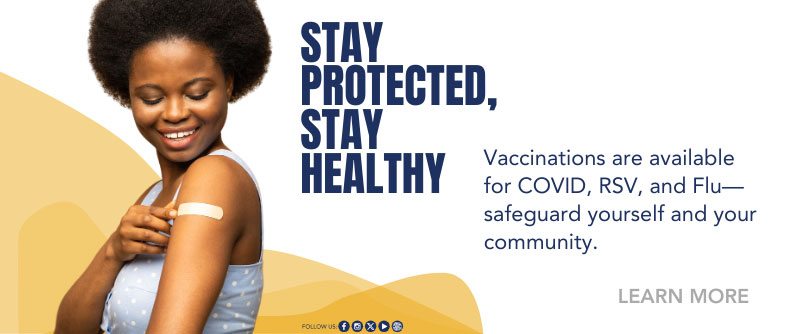
Tuberculosis (TB) is an airborne infectious disease.
While anyone can get TB, some groups are at higher risk, especially persons with close contact (persons who had prolonged, frequent, or intense contact with a person with infectious TB), person with HIV or other immunosuppressive condition, diabetics, smokers, those undergoing chemotherapy and those receiving immunosuppressive therapy. TB is curable and preventable but, some strains of TB have become resistant to TB drugs and are more difficult to treat.
Disease Profile
- What it is: Tuberculosis is an infectious disease caused by the bacterium Mycobacterium tuberculosis. The disease kills about two million people every year, and more than eight million become sick with TB every year.
- Transmission: TB is spread from person to person through the air when a person with active disease coughs, sneezes, sings or talks. There is a difference between being infected with TB and having active TB. Those infected have the TB bacteria in their body but, they are not ill because their immune system is helping to keep the bacteria in check. Once the immune system weakens, the bacteria can multiply and cause disease. A person with infection cannot infect others through normal activities. Someone with active TB may feel sick and can spread the disease to other people.
- Symptoms: Symptoms of pulmonary TB include cough (sometimes productive), chest pain, and hemoptysis (coughing up blood). The symptoms of extrapulmonary TB depend on the site of disease. Systemic symptoms consistent with TB include: fever, chills, night sweats, appetite loss, weight loss and easy fatigability. The possibility of TB should be considered in persons with these symptoms. Persons suspected of having TB should be referred to the Health Department for medical evaluation. The examination should include a medical history, a physical examination, a TB test (preferably a blood test for TB infection), a chest x-ray, and any appropriate bacteriologic or histologic examinations.
- Prevention: If you are infected with TB or have been around someone with TB, follow the Health Department's recommendations by taking any prescribed medication in order to avoid becoming ill and infecting others. Preventing TB is easier than treating active TB disease.
- Treatment: TB is treated with a combination of several drugs to attack a variety of bacteria at once. The treatment for TB infection is also very effective in preventing TB disease. Depending of the drugs used, treatment for TB infection typically takes from 12 weeks to 9 months.
More Information
Additional Resources
- MSDH Tuberculosis Control
- Southeastern National Tuberculosis Center
- Centers for Disease Control and Prevention
Contact
For more information contact:
- A county health department near you
- MSDH's Health Info Hotline: 1-866-HLTHY4U (1-866-458-4948)

